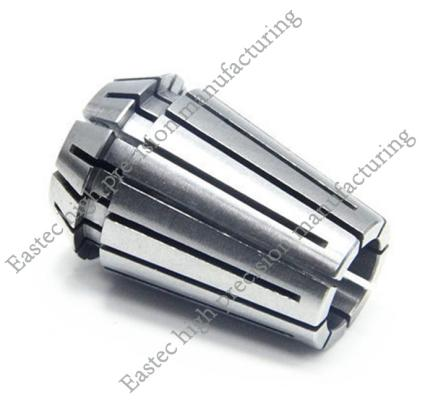High-Temp Hero: Zn-Mg Alloys Melting Point Analysis
Time:2024-02-21 22:04:22 Source:未知 Click:次

In the realm of alloys, zinc-magnesium alloys are hailed as "heroes" for their exceptional high-temperature resistance. The melting point characteristics of these alloys allow them to maintain stable performance in high-temperature environments, making them stand out in numerous industrial fields. This article will delve into the melting point properties of zinc-magnesium alloys, explore the scientific principles behind them, and look ahead to their future industrial applications.
Zinc-magnesium alloys are composed of the metals zinc and magnesium, and their performance can be further optimized by adjusting the ratio of these two metals and adding other trace elements. The melting point of zinc-magnesium alloys is usually higher than that of their constituent metals, due to the enhanced interaction between metal atoms during the alloying process, which leads to an increase in the melting point.
The melting point range of zinc-magnesium alloys is typically between 300-600 degrees Celsius, with the exact value depending on the alloy's composition and preparation process. This high-temperature stability ensures that zinc-magnesium alloys maintain good mechanical properties and chemical stability in high-temperature environments, hence their widespread use in sectors such as aerospace, automotive manufacturing, and the electronics industry.
In aerospace, the high melting point of zinc-magnesium alloys makes them an ideal material for manufacturing high-temperature components. For instance, in rocket engines and jet aircraft turbine blades, zinc-magnesium alloys can withstand extremely high temperatures and pressures, ensuring the safety and performance of the aircraft.
In the automotive industry, the high-temperature resistance of zinc-magnesium alloys has led to their extensive use in car engines, exhaust systems, and heat exchangers. These components generate high temperatures during operation, and zinc-magnesium alloys can endure these temperatures while maintaining stable performance, thereby enhancing the overall performance and reliability of the vehicle.
Furthermore, in the electronics industry, zinc-magnesium alloys are used to manufacture high-temperature electronic components and connectors. In high-temperature conditions, electronic components are prone to failure and damage, but the high melting point and good electrical conductivity of zinc-magnesium alloys make them an ideal choice for these applications.
In the future, with the continuous advancement of science and technology and the rapid development of industrial fields, the application prospects of zinc-magnesium alloys will be even broader. With the constant innovation in new material preparation technologies, the performance of zinc-magnesium alloys will be further optimized, allowing them to play a significant role in more areas.
In summary, as the high-temperature hero of the alloy world, the melting point characteristics of zinc-magnesium alloys give them outstanding performance in high-temperature environments. By gaining a deeper understanding of their melting point properties and scientific principles, we can better apply this material in fields such as aerospace, automotive manufacturing, and the electronics industry, driving the continuous development and progress of industrial technology.






 Customer service 1
Customer service 1  Customer service 2
Customer service 2